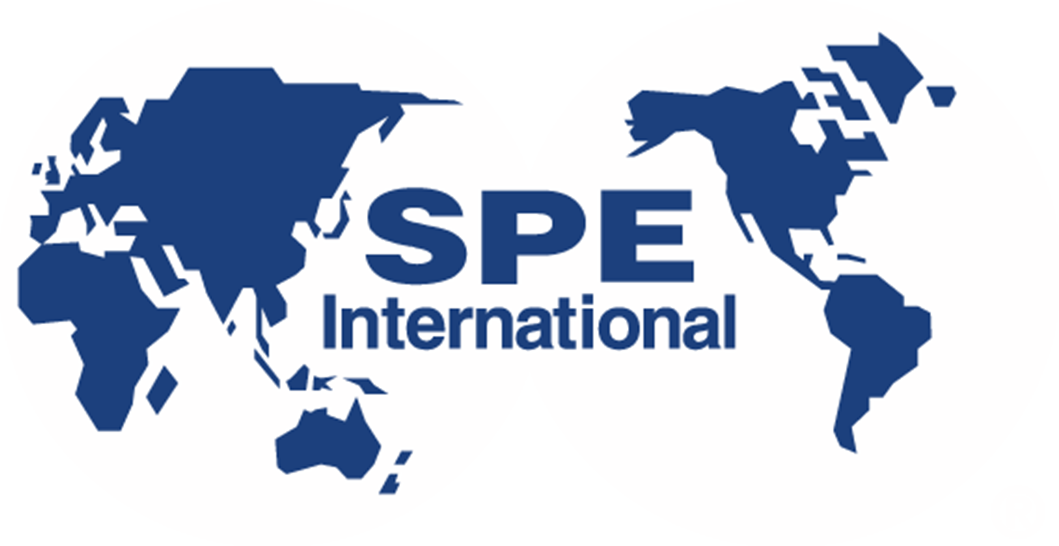Agenda
Tuesday, September 06
Session Chairperson(s):
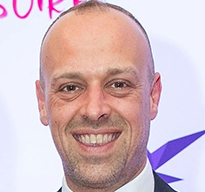
Stuart Connon
TotalEnergies E&P UK
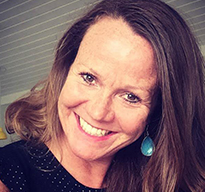
Nina Ringøen
Petroleumstilsynet
Speaker(s):
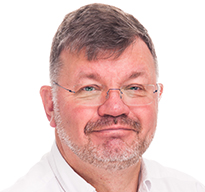
Simon Sparke
International Well Integrity

Nina Ringøen
Petroleumstilsynet
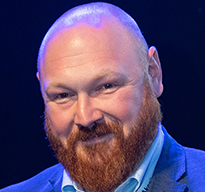
Graham Skinner
Health and Safety Executive
In the years that have passed since the Macondo incident in 2010, the Oil and Gas industry has undertaken a global step change in its approach to Well Integrity Management. In response numerous Standards, Guidelines and Legislation have been created, updated, and revised.
Despite the significant improvements that have already been made, work continues to enhance the literature that exists, drawing on lessons learned from incidents and events, seeking to document ‘good practice’ or ‘best available techniques.’
This continuous improvement effort now persists against the backdrop of a changing world in which societal views have put the oil and gas industry in the spotlight whereby the environmental impact of well integrity is being scrutinized.
Added to the ever-present challenge of managing costs while maximizing economic recovery, from what in many cases is already aging infrastructure, there is now the challenge of reducing abandonment exposure through the use of alternative techniques and materials.
In this session key updates and anticipated next steps to industry Standards and Guidelines will be discussed. A view and comparison of the Norwegian and UK legislative frameworks will be examined. And regulatory feedback to the industry will be shared.
Session Includes:
0830 - 0900 Well Integrity in the Operate Phase - Past, Present, and Future. The Tools of a Crime Scene Detective, Simon Sparke, International Well Integrity
0900 - 0930 Regulatory Insight, Roadmap and Link to New NORSOK D-010, Nina Ringoen, Petroleum Safety Authority Norway
0930 - 1000 OEUK Wells Forum Guidelines and the Outlook for Evolving Regulations, Kareem Shafi, Offshore Energies UK
1000 - 1030 UK Health and Safety Executive Regulatory Insights – Well Integrity, Graham Skinner, HSE
Session Chairperson(s):
Nicolas Bonnier
Geostock

Nina Ringøen
Petroleumstilsynet
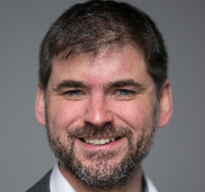
Simon Copping
Wellbarrier
Speaker(s):
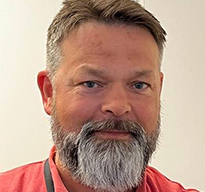
Thor Paulsen
Equinor
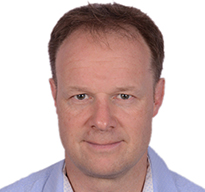
Justin Parker
Oxy
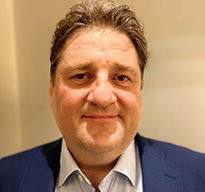
Tron Kristiansen
AkerBP
The definition of a well barrier according to ISO-16530 is “a combination of one or several well barrier elements (WBEs) that contain fluids within a well to prevent uncontrolled flow of fluids within, or out of, a well.”
In this session, we will look at recent progress in engineering and qualifying creeping formations as a fully-fledged barrier element
We will also review what makes a Well Integrity Management System robust by looking at some of the most critical moments in the well life cycle that require the integrity of the operating envelope to be fully understood.
Session Includes:
1100 - 1130 Challenges in Late Life, Low Pressure Production, Thor Paulsen, Equinor
1130 - 1200 Establishing a Well Integrity Management Systems (WIMS) in Mature Fields, Justin Parker, Oxy Oman
1200 - 1230 Qualification and Experiences with use of Shale as Well Barriers in New Wells, Tron Kristiansen, AkerBP
Session Chairperson(s):

Simon Sparke
International Well Integrity

Stuart Connon
TotalEnergies E&P UK
Speaker(s):
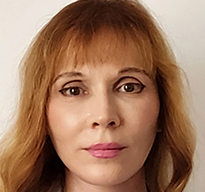
Felicia Kirstian
OMV Petrom
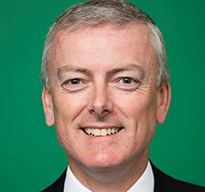
Neil Ferguson
Expro
To mitigate or manage, that is the question. Sustained Casing Pressure (SCP) is possibly one of the biggest global issues within the upstream sector, highly studied and discussed yet not easily solved.
In this session practical case studies will be shown to demonstrate some of the methodologies being adopted by different Operators. Firstly, we have an excellent paper from OMV Romania where a successful operation of lubricate and bleed has proven highly successful. Secondly, we have a paper using digital slickline for an onshore operation in S America, giving the Operator a much greater understanding of the problem and its source and how they could subsequently risk assess and mitigate the issue.
Session Includes:
1330 - 1415 Managing Sustained Casing Pressure by Lubrication Method, Felicia Cirstian, OMV Petrom
1415 - 1500 Using Slickline Conveyed Fiber to Identify the Source of Sustained Casing Pressure in an Outer Annulus, Michael Webster, Expro
Session Chairperson(s):
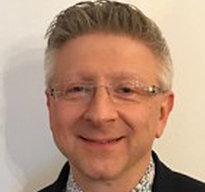
Jason Patrick Sauter
OMV Petrom
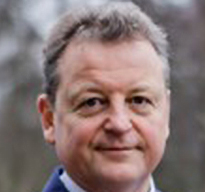
Gert-Jan Heerens
TNO
Speaker(s):
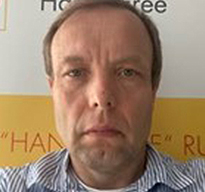
Wout Keultjens
Shell
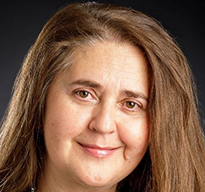
Mileva Radonjic
Oklahoma State University
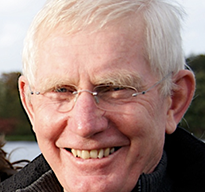
Tom Bakker
Torsion Tool Company
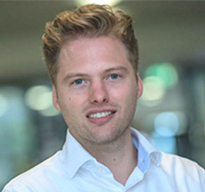
Korneel van der Meer
Huisman Equipment B.V.
New technologies to achieve, regain, validate, monitor, and/or forecast well integrity barriers for the energy industry continue to evolve. This is due to responses to dynamic market trends, expansions into new energy solutions / field developments, our drive to continuously improve, & changes in regulations / standards. In this session we will discuss with experts some emerging techniques, natural means, and/or technologies for well integrity barriers for the oil & gas and geothermal industries.
Session Includes:
1530 - 1550 Annulus Repair by Cement Densification, Wout Keultjens, Shell
1550 - 1610 Enhance Cement Strength and Self-healing Properties with Graphene and Olivine, Mileva Radonjic, Oklahoma State University
1610 - 1630 Friction Based Connection Technology as Alternative to Threaded Connections, Tom Bakkar, Torsion Tool Company
1630 - 1650 Corrosion Resistant Casing and Production Tubing made of Full GRE, Korneel van der Meer, Huisman Equipment B.V.
Wednesday, September 07
Session Chairperson(s):
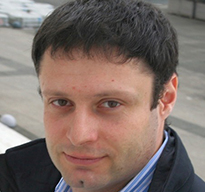
Matteo Loizzo
Consultant
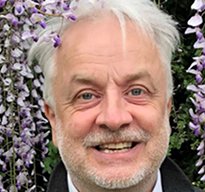
Ian Taylor
Shell
Speaker(s):
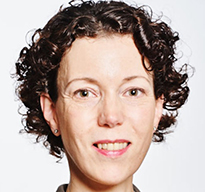
Cindy Verhoeven
The Sniffers

Ian Taylor
Shell

Matteo Loizzo
Consultant
Well integrity has been rightly focusing on major accidents that follow the loss of well control. However, sustainability is now taking centre stage and affecting our industry’s social license to operate. There is an increased attention to seeps. But are wells really seeping, before and after abandonment? Or is it just releases from shallow biogenic gas? Should we set a low action threshold, say to cow level emissions (around 60 kg per year)? During this session we will discuss about actual seeps, their possible causes, and how we can detect and quantify them. And we as an industry will debate how we should take the lad in managing seeps.
Session Includes:
0900 - 0930 How to Detect and Quantify Emission Leaks Using a Step-by-Step Approach, Cindy Verhoeven, The Sniffers
0930 - 1000 Possible Paths Towards Risk-based Emission Thresholds, Matteo Loizzo, Well Integrity Consultant; Ian Taylor, Shell
1000 - 1030 METHANE EMISSIONS – Leaking, Seeping or Weeping? A Case Study of Defining a Baseline and Capturing the Benefits of Wellbore Integrity AND Emissions Reduction for Jurisdictional Targets, Darcy Spady, Carbon Connect International
Session Chairperson(s):
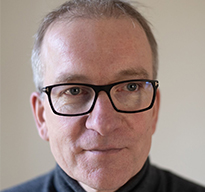
Stuart Girling
GMVi
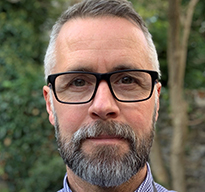
Willem Boon
Spirit Energy
Support:

Simon Copping
Wellbarrier
Speaker(s):

Graham Skinner
HSE
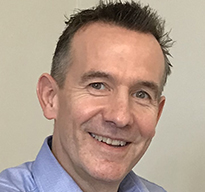
Peter Sproul
NRG Well Examination Ltd
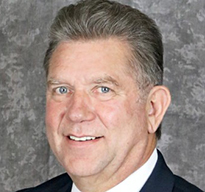
Pascal Ray
Puma Risk LLC
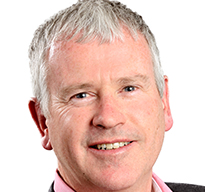
George Galloway
Well Academy
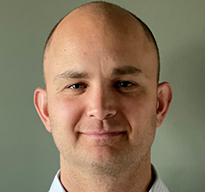
David Buchmiller
DNV
This session is designed to help delegates consider well integrity risk from many angles; some they may never have thought about before.
The panel session will start with quick presentations, with presenters addressing these questions:
- What does well integrity risk mean to you and how do you define it?
- How to you view consequential risks of well integrity failures (repair costs, production loss, licence to operate etc.)
- How do you view, assess, and evaluate well integrity risk?
- What do you do (or think should be done) to ensure well integrity risk is managed effectively?
Presenters will be from a diverse background, with different interests and angles (e.g., Regulator, Well Examiner, Insurer, Specialist risk-focussed consultancy, Training organisation) that will then participate in an interactive panel session.
The session aims to include ideas and views that well integrity specialists don’t routinely cover. It is designed to provoke discussions that may lead to, or potentially challenge, some well operator views that will follow in session 7.
Session Chairperson(s):
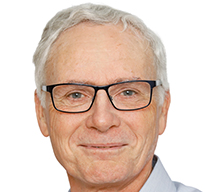
Philip Wodka
TotalEnergies Denmark

Simon Copping
Wellbarrier
Speaker(s):

Natasya Maura
Wintershall Dea
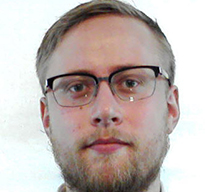
Peter Lutzen
TotalEnergies EP Denmark
It is incumbent on well operators to identify any well integrity hazards over the life cycle of the well and identify the risk associated with those hazards. Risk is defined by the likelihood of event occurrence and the consequences should the event occur and the well operator should determine acceptance levels for likelihood and consequence. For risks exceeding the well operator’s acceptance levels, control measures and mitigations should be put in place to reduce the risk to the well operator’s defined risk tolerance level. ALARP principles can be used to determine whether additional controls or mitigations are required to further reduce the level of risk.
Operators typically apply a range of techniques to manage their well integrity risk assessment. A common challenge is the consolidation of well integrity related data, understanding the vulnerabilities associated with any anomalies whilst considering operating and environmental conditions in a systematic and objective manner, and prioritizing remedial activities to reinstate the integrity of the well. This session will showcase a selection of operator case studies that demonstrate real-world processes and systems that are used by the industry to evaluate and manage the risks associated with well integrity.
Session Includes:
1330 - 1400 Natasya Maura, Wintershall Dea
1400 - 1430 Increasing Efficiency and Safety by Implementing a Well Failure Model, Peter Lutzen, TotalEnergies EP Denmark
1430 - 1500 Risk Evaluation to Project Execution, Christian Kosack, Uniper
Session Chairperson(s):
Logan Tippett
Weatherford
Nicolas Bonnier
Geostock
Speaker(s):
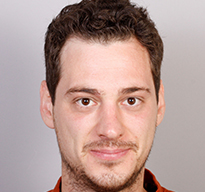
Vedran Zikovic
TNO
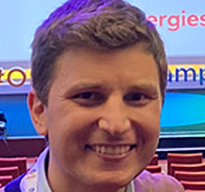
Franck Valageas
Equinor
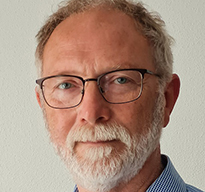
Dio Verbiest
ECW Energy
This session will explore three specific topics highlighting a range of well integrity challenges and real life applications in the context of the alternative uses of wells. These include presentations focused on:
- Building a methodology and screening tool to repurpose existing assets through the evaluation of a large number of wells. Specifically, this project crossed several regulatory frameworks across multiple countries and included well integrity considerations to identify wells that could be repurposed for CO2 Storage.
- The making of an Innovative Carbon Capture Storage Project. Here, we will look at an ongoing CO2 storage project where long-run well integrity is a critical feature and share some of the key challenges and lessons learnt.
- Geothermal Energy is continuing to grow in importance and accounts for 25% of the Dutch Master Plan for heating the Netherlands by 2050. Well Integrity is an integral part of ensuring viability. Here we will see how the geothermal industry sustainable well design has been implemented and what well integrity solutions are now recommended.
Session Includes:
1530 - 1600 Well Integrity Screening Methodology to Assess Reusability of Wells for CCS, Vedran Zikovic, TNO
1600 - 1630 Northern Lights Project, Ingvard Busengdal, Equinor
1630 - 1700 Geothermal Well Design and Well Integrity, Dio Verbiest, ECW Energy
